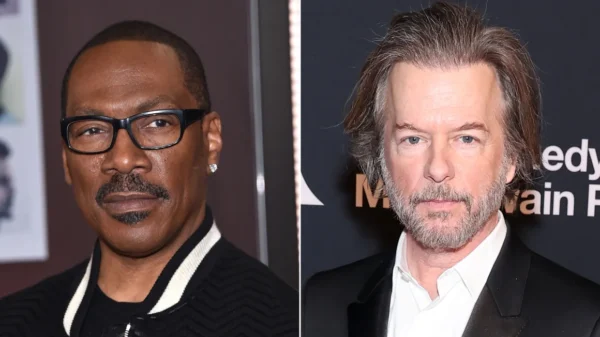This is the fourth part of a series discussing the oral argument in Trump v. Anderson. In the first installment, Justice Gorsuch’s questions about Officers of the United States were examined. The second installment focused on Justice Jackson’s questions about “Office under the United States.” The third installment discussed Justice Kavanaugh’s questions about Griffin’s Case and Justice Barrett’s inquiries about federal courts. In this fourth installment, the focus is on questions from Justices Kagan and Sotomayor regarding the balance between federal oversight and state regulations.
During the oral argument, a tension emerged between the bench’s consensus that states have the power to impose qualifications on their own officials and the belief that a fifty-state solution for electing the presidency would be problematic. Justices Sotomayor and Kagan recognized this delicate line between federalism and national power. However, there may be a way to reconcile these doctrines, despite Jonathan Mitchell’s resistance to do so. In fact, Tillman and I anticipated this issue and offered a potential reconciliation in our article.
One of the most significant moments of the oral argument was when Justice Kagan questioned why a single state should have the power to decide who becomes President. She argued that the issue of disqualifying a former president for insurrection is a national matter and therefore requires federal enforcement. This sentiment was echoed by the other Justices, who seemed to agree that the national government must be able to enforce Section 3 against the President.
While some have proposed a 50-state solution for electing the President, similar to Justice Brandeis’ ideas, this position did not gain much traction during the argument. Instead, there was a general consensus that the national government must have the ability to enforce Section 3. Despite potential disagreements on the principles behind Griffin’s Case, all of the Justices seemed to recognize the practical wisdom in Justice Chase’s opinion. Ultimately, it remains to be seen how the Court will navigate this issue.
In conclusion, the oral argument in Trump v. Anderson highlighted the delicate balance between federal oversight and state regulations. While there may be a way to reconcile these doctrines, it is clear that the national government must have the ability to enforce Section 3 against the President. The Court’s approach to this issue will be crucial in determining the outcome of the case.


































